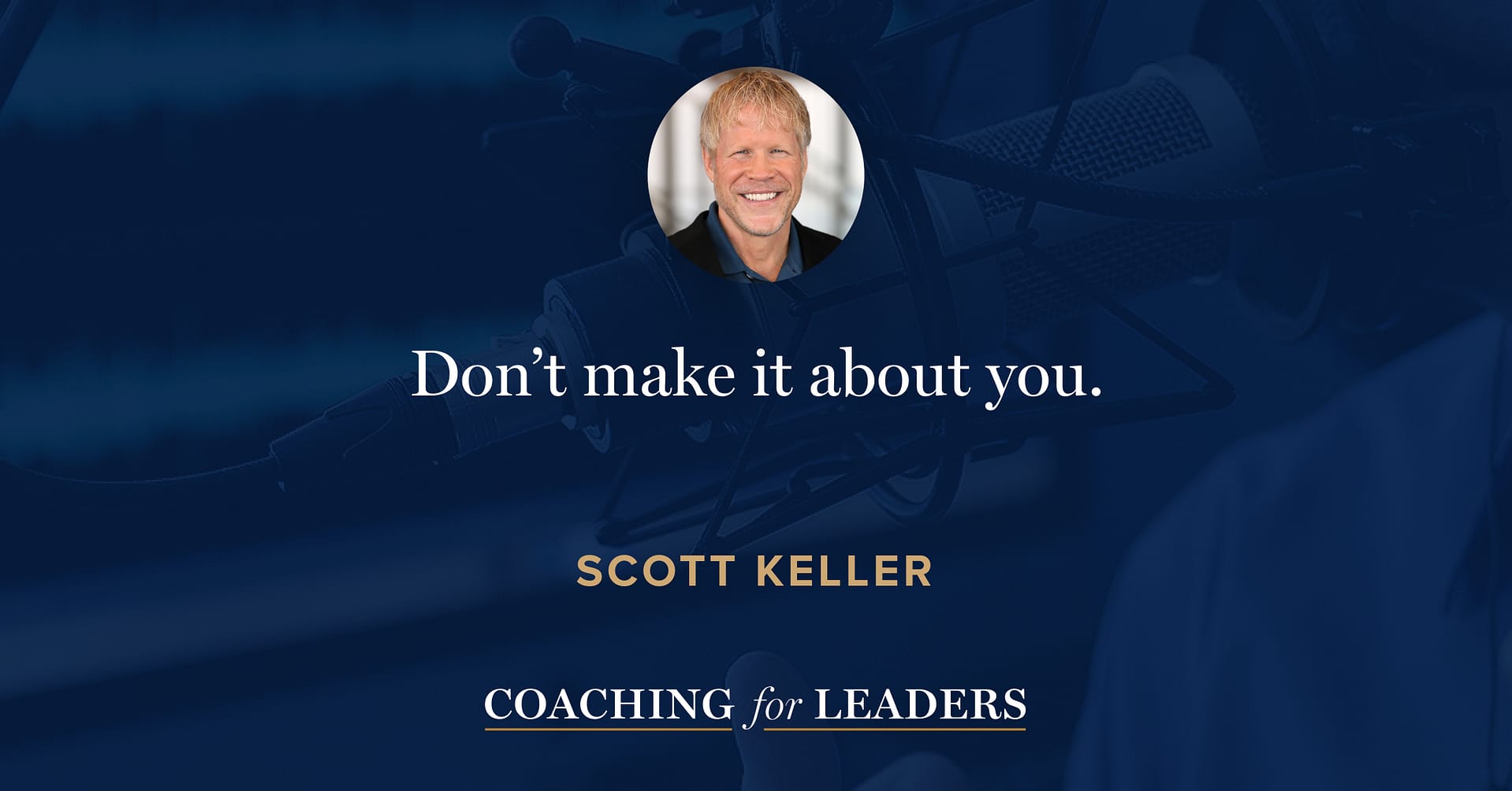Scott Keller: A CEO For All Seasons
Scott Keller is a senior partner at McKinsey, where he coleads the firm’s global CEO Excellence work within the Strategy & Corporate Finance Practice and serves as a global leader in the Organization Practice. He’s a New York Times bestselling author and trusted advisor to boards, CEOs, and senior leadership teams, with whom he guides multiyear, enterprise-wide transformations that shape the future of institutions. His colleagues and he are the authors of the new book, A CEO For All Seasons: Mastering the Cycles of Leadership (Amazon, Bookshop)*.
One of the most critical phases of taking on the top job is what you do at the start. Whether it’s stepping into the role as president, general manager, executive director, owner, or CEO, starting well can make all the difference. In this conversation, Scott and I explore how to begin in the best way possible.
Key Points
- One-third to one-half of new CEOs are considered to be failing within eighteen months of taking the role. Many wish they’d handled the transition differently.
- New CEOs enter a reality distortion field of many bosses (the board), no peers, and ultimate accountability for everything. The best CEOs guard against this by not making it about them.
- Ask questions that aren’t about you, but the organization. Instead of, “How will I know if I’m successful?” ask, “How will we know if we’re winning?”
- Beginning with a listening tour is essential. People will tell you things when you’re new that they’ll never say two or three years later.
- Create a fact-based, one version of the truth. Once you know it, keep to a single narrative for everyone.
- Err towards complete candor in the toughest realities. Prepare intensely for moments of truth, when they need to happen.
- Set clear boundaries and stay extremely disciplined. Your narrative and first moves should guide how you frame these.
Resources Mentioned
- A CEO For All Seasons: Mastering the Cycles of Leadership (Amazon, Bookshop)* by Carolyn Dewar, Scott Keller, Vikram Malhotra, and Kurt Strovink
Interview Notes
Download my interview notes in PDF format (free membership required).
Related Episodes
- How Top Leaders Influence Great Teamwork, with Scott Keller (episode 585)
- How to Genuinely Show Up for Others, with Marshall Goldsmith (episode 590)
- How to Start a Big Leadership Role, with Carol Kauffman (episode 617)
Discover More
Activate your free membership for full access to the entire library of interviews since 2011, searchable by topic. To accelerate your learning, uncover more inside Coaching for Leaders Plus.





